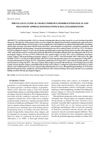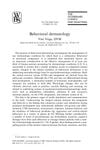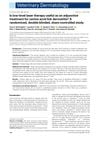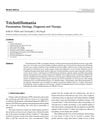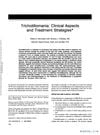Clinical Management of Acral Lick Dermatitis in Dogs: Fluoxetine vs Clomipramine
December 2022
in “
Indian Journal of Animal Research
”
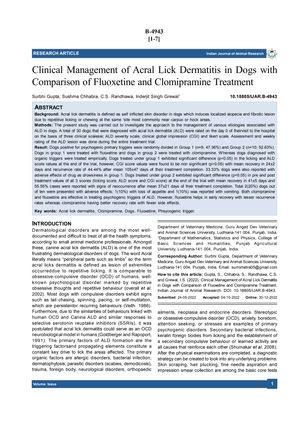
TLDR Both fluoxetine and clomipramine effectively treat dog lick dermatitis, but fluoxetine works faster with lower recurrence, while clomipramine has fewer side effects.
In a study of 30 dogs diagnosed with acral lick dermatitis (ALD), two treatment groups were assessed: Group 1 (9 dogs) treated with fluoxetine and Group 2 (10 dogs) treated with clomipramine. Dogs with psychogenic triggers of ALD showed significant improvement in licking and ALD scores with fluoxetine treatment, with a mean recovery time of 24±2 days and a recurrence rate of 44.44% after an average of 105±47 days post-treatment. However, the clinical global impression (CGI) scores did not show a significant change. Adverse effects were noted in 33.33% of dogs, including drowsiness. Clomipramine treatment led to significant improvements in all three scores (licking, ALD, and CGI), with a mean recovery time of 41±5 days and a higher recurrence rate of 55.55% after an average of 37±21 days. Adverse effects were observed in 20% of dogs, including loss of appetite and vomiting. The study concluded that both fluoxetine and clomipramine are effective for treating psychogenic ALD, with fluoxetine leading to faster recovery and lower recurrence rates, while clomipramine showed a better overall recovery rate with fewer side effects.
